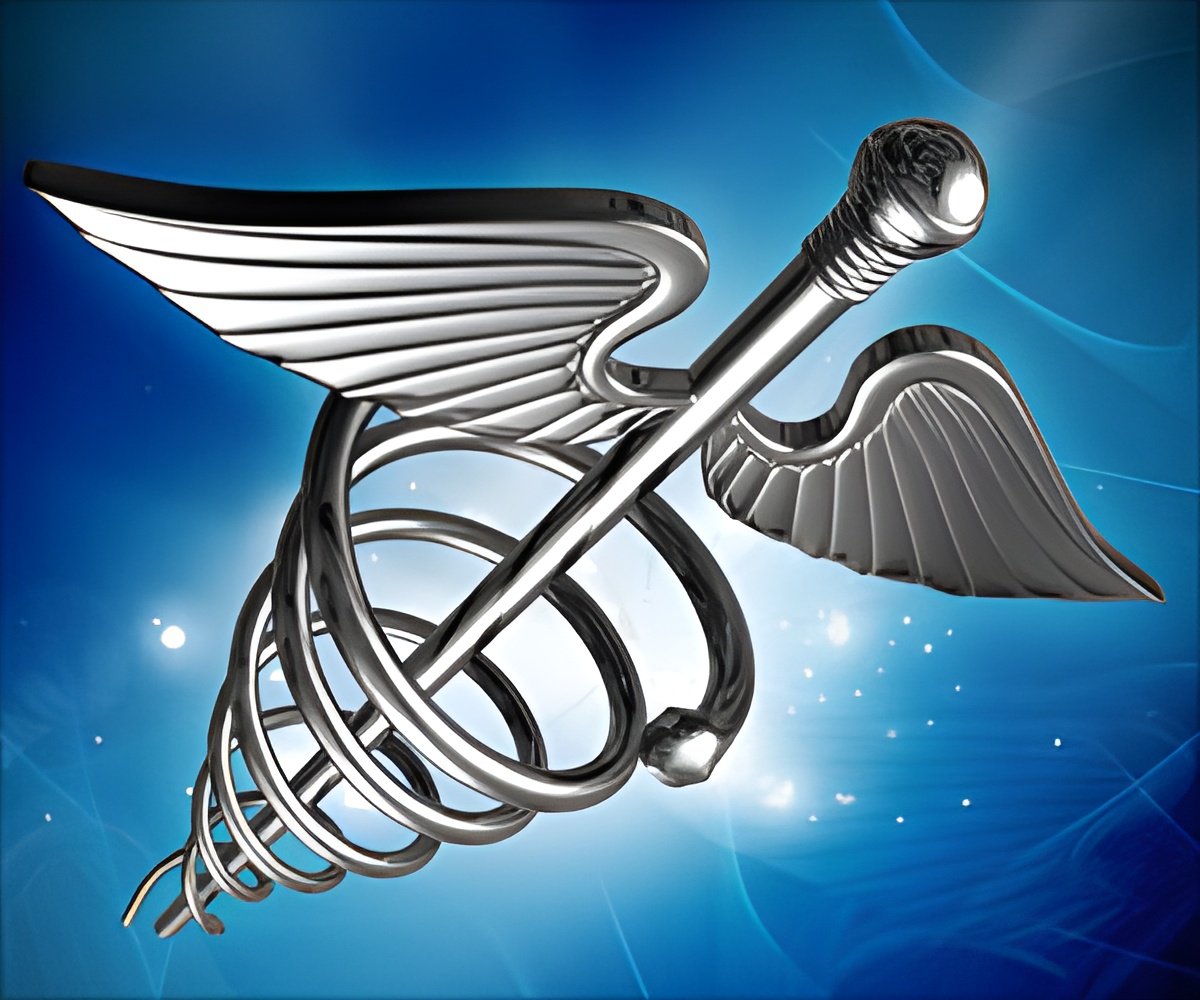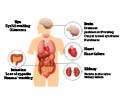
AL amyloidosis is the most common form of systemic amyloidosis, with an incidence of five to 12 persons per million per year. In AL amyloidosis, clonal bone marrow plasma cells produce monoclonal light chains that misfold and deposit in tissues and organs as amyloid fibrils, resulting in progressive system and organ failure and ultimately in death.Untreated patients with this disease have a dismal outcome, with a median survival of 10-14 months from diagnosis. Moreover, fewer than five percent of patients survived for 10 years before the introduction of HDM/SCT.
The BUSM researchers analyzed a series of 421 patients treated with HDM/SCT and compared outcomes for patients with and without CR. Treatment related mortality was 11.4 percent overall (5.6 percent in the last 5 years). The CR rate was 34 percent and the median event-free survival (EFS) and OS were 2.6 and 6.3 years, respectively.
Eighty-one patients died within the first year after HDM/SCT and were not evaluablefor hematologic and organ response. Of 340 evaluable patients, 43 percent achieved CRand 78 percent of them experienced an organ response. For CR patients, median EFS andOS were 8.3 and 13.2 years, respectively. Among the 195 patients who did not obtainCR, 52 percent achieved an organ response, and their median EFS and OS were 2 and5.9 years, respectively.
"This study provides the longest outcome data on AL patients treated with HDM/SCT, including OS, EFS, and long-term mortality," explained senior author Martha Skinner, MD, former director of BUSM's Amyloid Treatment and Research Program as well as a professor of medicine at BUSM. "Our results demonstrate that, with careful patient selection and experienced management, low rates of treatment related mortality can be achieved.
According to the authors, despite the importance of attaining CR, achievement of partial response often results in a long period of stable or improved diseases. "We pioneered HDM/SCT treatment for AL amyloidosis in 1994. This long term review shows durable hmetologic and organ responses for most patients with an overall survival greatly exceeding what it was prior to HDM/SCT treatment," she added.
Advertisement
Source-Eurekalert












